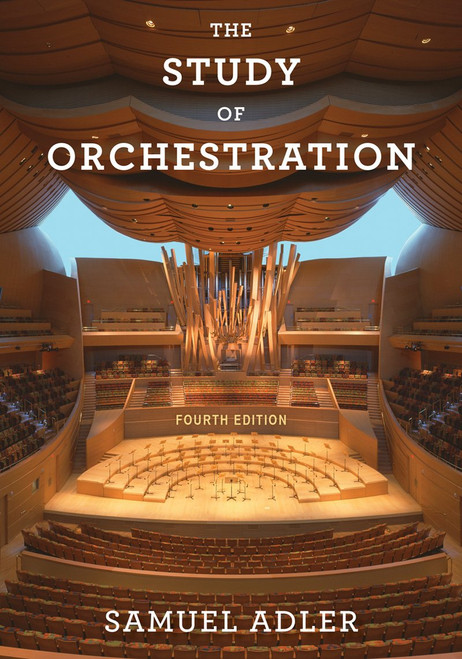Since its initial release in 1997, Paul Gilreath s The Guide to MIDI Orchestration has been the premiere text on creating realistic emulations of a symphony orchestra using samplers and computer recording techniques. Recent years have seen huge advances in sampling technology. Likewise, the demands put on the MIDI composer to produce extremely realistic orchestral textures have never been higher. Now in its 3rd edition, The Guide to MIDI Orchestration explains how to merge this ever-expanding technology with the artistry of orchestration to produce the most lifelike recordings possible. The book is a hardback comprehensive text comprising over 700 pages that progresses from an overview of orchestral history to in-depth discussions of each section of the orchestra. The book is printed with four color process throughout. Detailed information on each instrument s timbre, range and uses is included. Specific orchestration techniques are discussed, including how to use the various instruments for accompaniment and melody, how to approach an orchestration from the ground up and how to achieve balance and interest within the orchestration. Gilreath then shifts gears and translates these elements into the MIDI and sampling environment, providing a clear and precise approach that will allow the reader to employ the necessary techniques with assurance. Chapters on studio setup and requirements, effects processing and plug-in considerations, DAW choices and mixing guidelines highlight the text. Detailed reviews and recommendations of orchestral libraries are included. Insightful interviews with mastering engineers Bob Katz and Bob Ludwig provide useful, real-world knowledge that can be implemented in your work on a daily basis. Interviews with library developers Eric Persing, Doug Rogers, Gary Garritan and Herb Tucmadl (among others) give the reader a look into various aspects of the orchestral library development process as well as a glimpse of the future of the industry.
The Guide To MIDI Orchestration
MusicWorks
MSRP:
Was:
Now:
$178.70 - $209.80
(You save
)
- SKU:
- UPC:
- 9780964670532
- Maximum Purchase:
- 3 units
- Binding:
- Hardcover
- Publication Date:
- 2004-08-01
- Author:
- Paul Gilreath;Jim Aikin
- Language:
- english
- Edition:
- 3

Focal Press
The MIDI Manual: A Practical Guide to MIDI in the Project Studio (Audio Engineering Society Presents)
MSRP:
Was:
Now:
$13.68 - $53.18

Technique of Orchestration, Orchestration Workbook III
MSRP:
Was:
Now:
$13.53 - $300.00

Instrumentation and Orchestration
MSRP:
Was:
Now:
$98.16 - $223.28

Instrumentation - Orchestration
MSRP:
Was:
Now:
$40.16 - $126.00

The Study of Orchestration
MSRP:
Was:
Now:
$193.06 - $232.14

The Technique of Orchestration
MSRP:
Was:
Now:
$26.25 - $65.52

The Canal Du MIDI
MSRP:
Was:
Now:
$29.92 - $36.23
!



